




Q1 2025 at a Glance
Across The Greater Atlanta Area

10,988 Homes Sold
$518,802 Average Sale Price
3.6 Months of Inventory
49 Average Days on Market






Across The Greater Atlanta Area

10,988 Homes Sold
$518,802 Average Sale Price
3.6 Months of Inventory
49 Average Days on Market
Typically, Spring Market in Metro-Atlanta begins on January 2nd. This year, a few factors led to a latent start to spring and suppressed numbers for Q1 2025 (1Q 25). 1Q 25 started with two snow events and on the heels of a historically low performing Q4 2024 (4Q 24) that was mired in an election. Compared to 1Q 24, 1Q 25 yielded 10% (14,213 1Q 24/12,850 1Q 25) less Pending Sales, 6% (11,688 1Q 24/10,988 1Q 25) less Closed Sales and an increase in New Listings of 14% (20,691 1Q 24/23,603 1Q 25). Mortgage Interest Rates (MIR) at 6.63% was on par with the 6.62% start in 1Q 24.
1Q 25 showed moderate improvement over 4Q 24, and the data indicates potential for continued gains in Q2 2025 (2Q 25). When compared to 4Q 24, New Listings increased by 30.7% (23,608), Pending Sales increased by 15.1% (12,899) but Closed Sales lagged by 12.8% (10,988). This was due to a historically low number (3,146) of Pending Sales in the month of December. January, February and March had marginal increases in Pending Sales, (3,679, 4,270, 4,091) leading to a stable number of Closed Sales in those months (3,022, 3,550, 4,405). The Average Price remained stable at $518,802, the Average Sale Price to Original List Price (ASPLP) improved by .3% to 96.1%, the Months of Supply (MOS) increased by 2.9% to 3.6 months and the Average Days on Market (DOM) increased by 4.3% to 49 days.
When analyzing market stability, we want to look at the following factors: Supply and Demand: Metro-Atlanta currently has 3.4 months of inventory. This is well below the standard for a balanced market of 6-8 months
Price Volatility: Prices are not fluctuating dramatically over short or extended periods
Transaction Volume: Closed Sales volume is low but, low inventory levels continue to suppress the number of Closed Sales.
Time on Market: The Average Days on Market (DOM) has increased gradually over the last 24 months and now stands at 49. This number is trending with national averages
Historical Trends: While the Pending and Closed Sales numbers remain suppressed, the absorption and inventory levels remain on trend historically.
Reviewing these five points leads us to the conclusion that the Metro-Atlanta market on a macro level remains stable as we close out the first quarter.
When we break the data into specific product types and sub-markets on a micro level, we can find greater variations that may tell a different story.
Median Price vs. Average Price: This quarter, there are some large deltas between the Average Price and Median Price in submarkets. This can be an indication of instability but, there are several factors to consider. Larger markets developed over decades may have a greater stratification of product type and price points. The presence of a luxury segment in the market may provide outliers that skew the average price higher as even a few higher priced sales can pull up the average substantially. Markets with a diverse range of neighborhoods and housing stock will naturally have a wider range in price. Areas with more homogenous developments will have a smaller variation in price.
Closed Sales: A small sample size of Closed Sales in certain submarkets make it more difficult to fully understand the past and the future. That said, a lower number of sales coupled with more Months of Supply (MOS) can mean that submarket is underperforming the Metro-Atlanta market.
Months of Supply: In most submarkets in Metro-Atlanta, fewer Closed Sales coupled with an increase in MOS does not mean there is an oversupply or a lack of demand. MOS has gradually increased in the last 24 months to more healthy levels. Any drastic increase in a shorter period could mean a decrease in demand.
Analyzing the Metro-Atlanta submarkets for 1Q 25, we find that the SingleFamily segment made up 77.9% of the Closed Sales but only 73.7% of
New Listings. Townhomes made up 15.5% of Closed Sales and 16.8% of New Listings and Condos made up 7.2% of Closed Sales and 9.6% of New Listings. By price segment for 1Q 25, the $800K - $999,999 for SingleFamily lead the market with highest Average Sale Price to Original List Price (ASPLP) of 99%, lowest DOM of 29 and lowest MOS at 3.4. The price segment of $1M> for Condos underperformed all other price segments with the lowest ASPLP of 92.4%, second highest DOM of 87 and highest MOS at 12.3. All price segments of the Condo submarket are underperforming the Metro-Atlanta market, and the data demonstrates that this segment has tipped into a buyer’s market. The Single-Family and Townhome markets are balanced with certain segments and submarkets still a seller’s market.
The National Association of REALTORS® published the National 2025 Home Buyers and Sellers Generational Trends Report in 1Q 25. The report detailed that in 2025, 56% of homebuyers paid 100% or more of the list price for their home. 35% of Atlantans paid 100% or more of the list price for their home in 1Q 25. 85% of homebuyers purchased a home in a suburb, small town, rural or resort area. 19% of homebuyers in Atlanta purchased Inside the Perimeter (ITP) vs 81% purchasing Outside the Perimeter (OTP). 75% of home purchases nationally were Single-Family while 77.6% of homes purchased in Atlanta in 1Q 25 were Single-Family. Additionally, the report detailed that 42% of all homebuyers were looking to avoid renovations and/or problems with electrical and plumbing and 50% of homebuyers between the ages of 26-44 wanted to avoid renovations and/ or problems with electrical and plumbing. 79% of homes purchased were 3 or more bedrooms and 59% of homebuyers stated that the quality of the neighborhood was the primary factor in their decision. Finally, 88% of all homebuyers made a home purchase through a real estate agent or broker.
The final takeaway is that Metro-Atlanta can no longer be viewed through a single lens as one market where blanket statements about data apply to the entire market. So, how can you be prepared as a Buyer or Seller? Engage a real estate professional, ask questions and use data, not emotions to make your decisions.
As a Buyer, you should be monitoring the supply and demand balance, the days on market dynamics and price fluctuations for submarkets as a whole and specific homes that have sold in your areas of interest. Be prepared that you may have to pay 100% or more for a home; 35% of Atlantans did in 1Q 25. Conversely, you may be able to negotiate a better deal on a house that needs repairs or renovations because 42% of homebuyers want to avoid those homes.
As a Seller, you should be monitoring the supply and demand balance, the days on market dynamics and price fluctuations for your submarket as a whole and specific homes that have sold in your area. Price your home realistically and, you should be prepared to sell your home for less than 100% of your list price; 65% of Atlantans did in 1Q 25. In this report, we have provided a breakout of the ASPLP for each price segment and product type. How does this compare to your neighborhood and home? Put your best foot forward with your presentation and marketing as nearly half of homebuyers want to avoid renovations and repairs.
The rest of this report provides a snapshot of key metrics by home type (single-family homes, townhomes and condominiums) and submarket, including neighborhoods and cities Inside the Perimeter (ITP) and Outside the Perimeter (OTP).
To learn more about homes selling in your neighborhood or dream location, reach out to your Engel & Völkers Advisor for more detailed information about trends in your area and determine if now is the time for you to make your move.

Christa Huffstickler Founder and CEO, License Partner
(QOQ)
Source: FMLS InfoSparks, Greater Atlanta Area, All Home Types, July 2022 - March 2025
Source: FMLS InfoSparks, Greater Atlanta Area, All Home Types, July 2022 - March 2025
March 2025 Metro-Atlanta Condo Statistics by Price Point vs Metro-Atlanta Average
March 2025 Metro-Atlanta Single-Family Statistics by Price Point Month vs Metro-Atlanta Average
March 2025 Metro-Atlanta Townhome Statistics by Price Point Month vs Metro-Atlanta Average
Source: FMLS InfoSparks, Greater Atlanta Area, All Home Types, March 2025



Inside The Perimeter






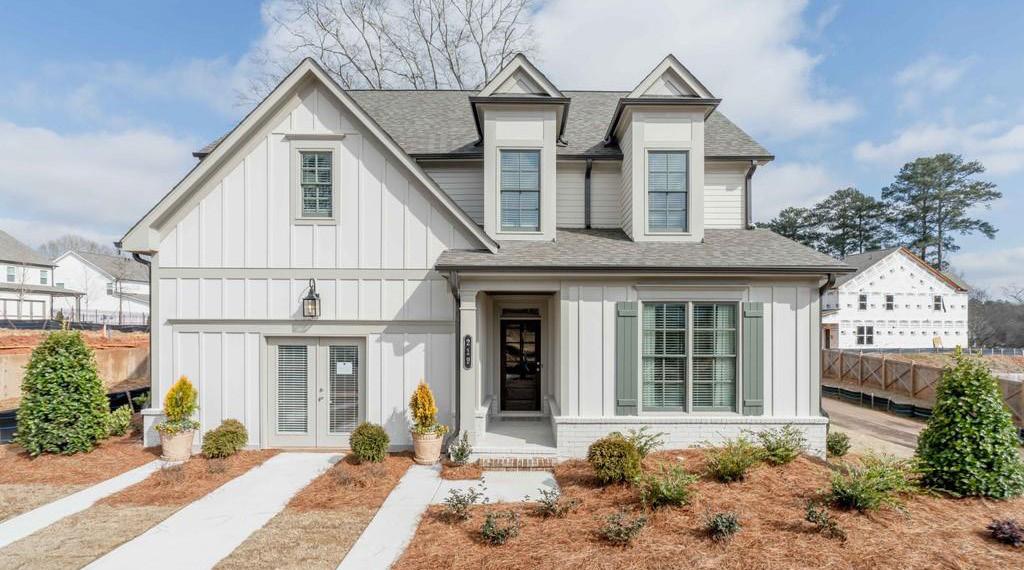














Source: FMLS, InfoSparks, Q1 2025 (1/1/25 to 3/31/25)











$746,662

Source: FMLS, InfoSparks, Q1 2025 (1/1/25 to 3/31/25)












Source: FMLS, InfoSparks, Q1 2025 (1/1/25 to 3/31/25)












Source: FMLS, InfoSparks, Q1 2025 (1/1/25 to 3/31/25)




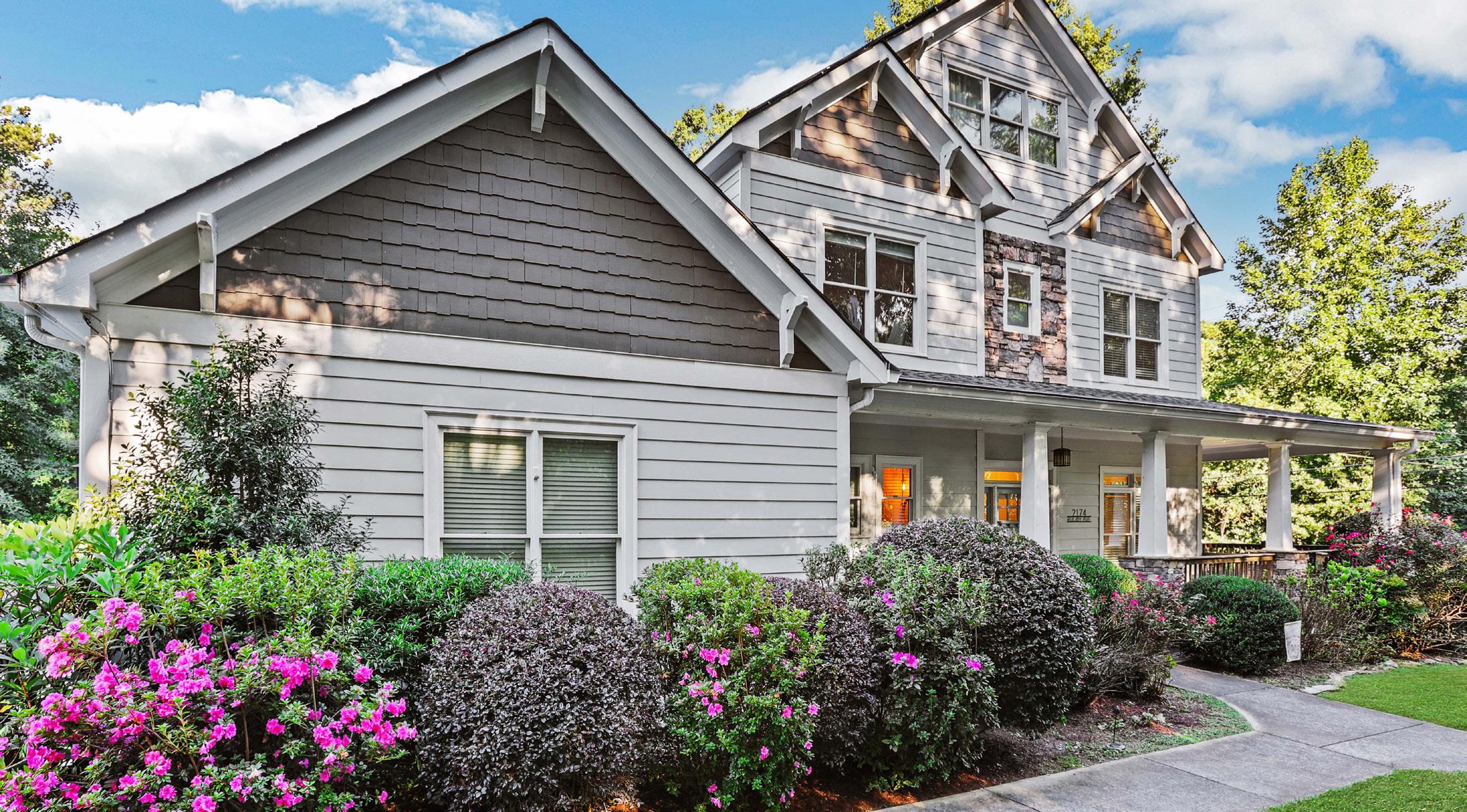







Source: FMLS, InfoSparks, Q1 2025 (1/1/25 to 3/31/25)












Source: FMLS, InfoSparks, Q1 2025 (1/1/25 to 3/31/25)











$695,000

Source: FMLS, InfoSparks, Q1 2025 (1/1/25 to 3/31/25)












Source: FMLS, InfoSparks, Q1 2025 (1/1/25 to 3/31/25)












Source: FMLS, InfoSparks, Q1 2025 (1/1/25 to 3/31/25)












Source: FMLS, InfoSparks, Q1 2025 (1/1/25 to 3/31/25)




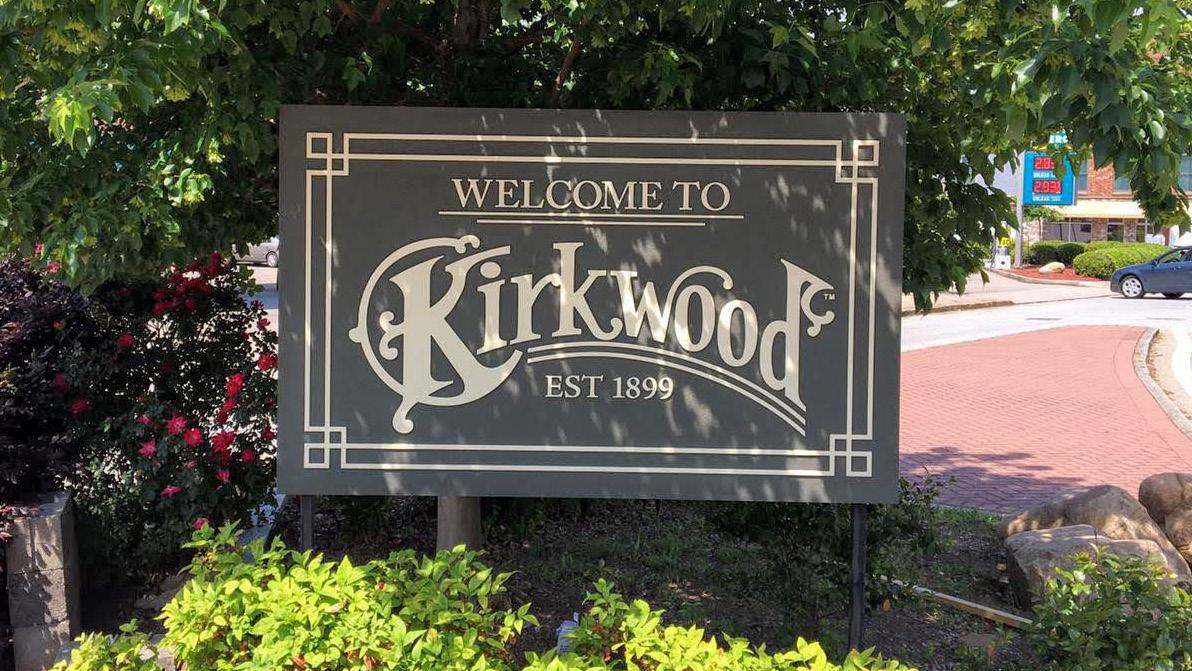







Source: FMLS, InfoSparks, Q1 2025 (1/1/25 to 3/31/25)












Source: FMLS, InfoSparks, Q1 2025 (1/1/25 to 3/31/25)












Source: FMLS, InfoSparks, Q1 2025 (1/1/25 to 3/31/25)












Source: FMLS, InfoSparks, Q1 2025 (1/1/25 to 3/31/25)












Source: FMLS, InfoSparks, Q1 2025 (1/1/25 to 3/31/25)












Source: FMLS, InfoSparks, Q1 2025 (1/1/25 to 3/31/25)


























Source: FMLS, InfoSparks, Q1 2025 (1/1/25 to 3/31/25)










SINGLE-FAMILY


$525,000



Source: FMLS, InfoSparks, Q1 2025 (1/1/25 to 3/31/25)









Source: FMLS, InfoSparks, Q1 2025 (1/1/25 to 3/31/25)












Source: FMLS, InfoSparks, Q1 2025 (1/1/25 to 3/31/25)












Source: FMLS, InfoSparks, Q1 2025 (1/1/25 to 3/31/25)












Source: FMLS, InfoSparks, Q1 2025 (1/1/25 to 3/31/25)




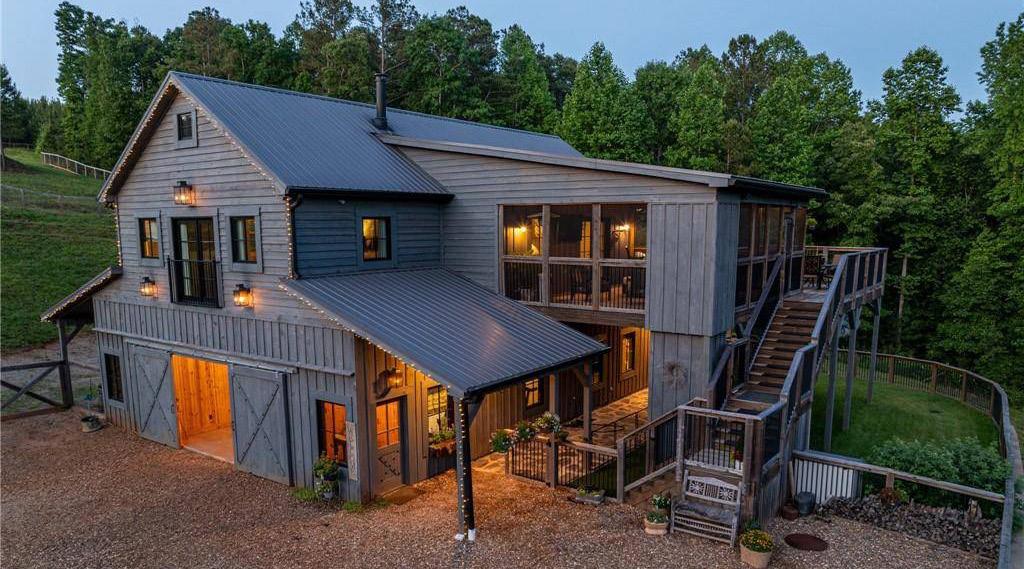







Source: FMLS, InfoSparks, Q1 2025 (1/1/25 to 3/31/25)












Source: FMLS, InfoSparks, Q1 2025 (1/1/25 to 3/31/25)
























Source: FMLS, InfoSparks, Q1 2025 (1/1/25 to 3/31/25)












Source: FMLS, InfoSparks, Q1
(1/1/25 to





































Source: FMLS, InfoSparks, Q1 2025 (1/1/25 to 3/31/25)












Source: FMLS, InfoSparks, Q1 2025 (1/1/25 to 3/31/25)












Source: FMLS, InfoSparks, Q1 2025 (1/1/25 to 3/31/25)




























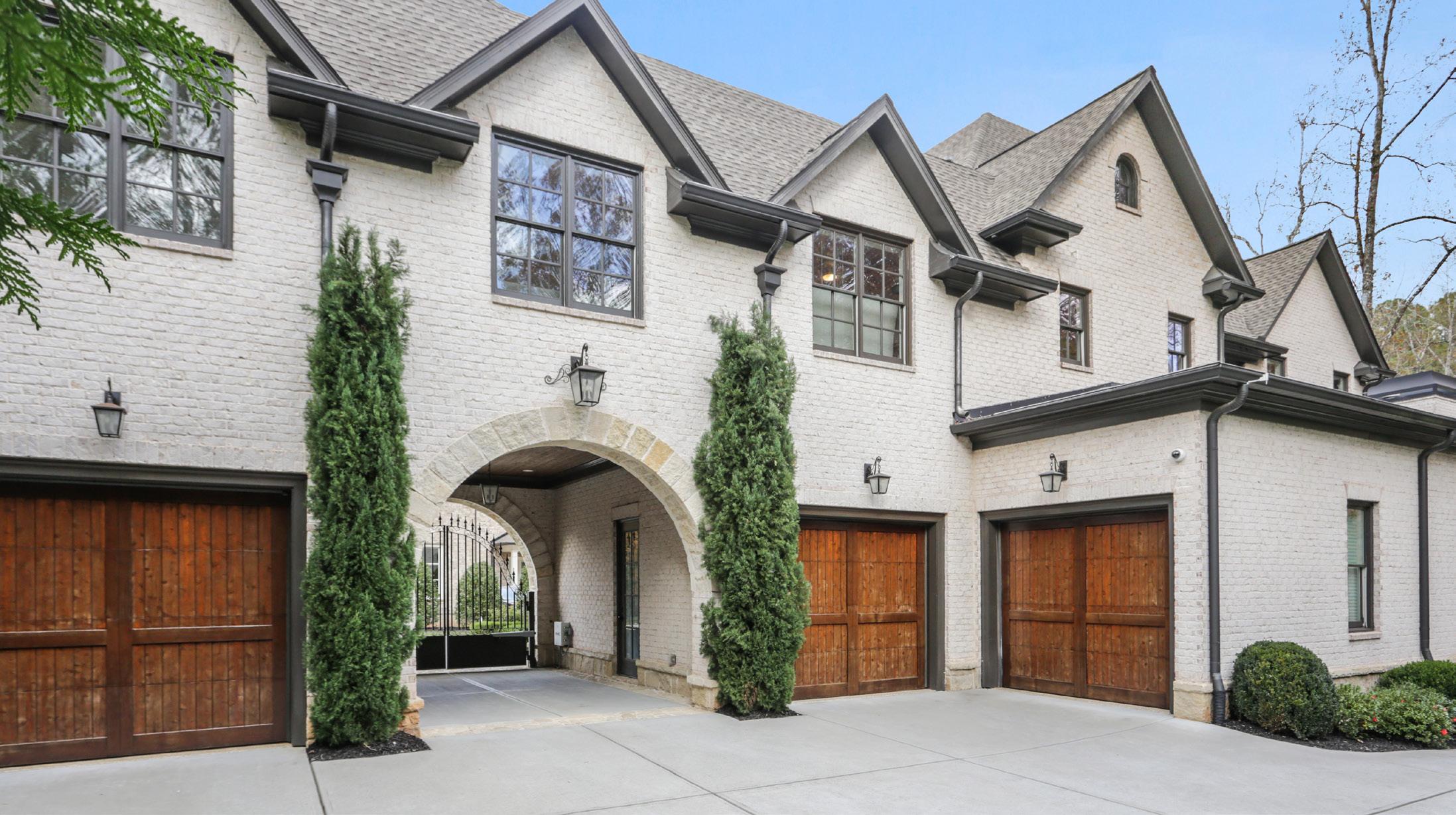







Source: FMLS, InfoSparks, Q1 2025 (1/1/25 to 3/31/25)












Source: FMLS, InfoSparks, Q1 2025 (1/1/25 to 3/31/25)
















Source: FMLS, InfoSparks, Q1 2025 (1/1/25 to 3/31/25)






SINGLE-FAMILY HOMES


$425,000

Source: FMLS, InfoSparks, Q1 2025 (1/1/25 to 3/31/25)











$353,000

Source: FMLS, InfoSparks, Q1 2025 (1/1/25 to 3/31/25)










Source: FMLS, InfoSparks, Q1 2025 (1/1/25 to 3/31/25)



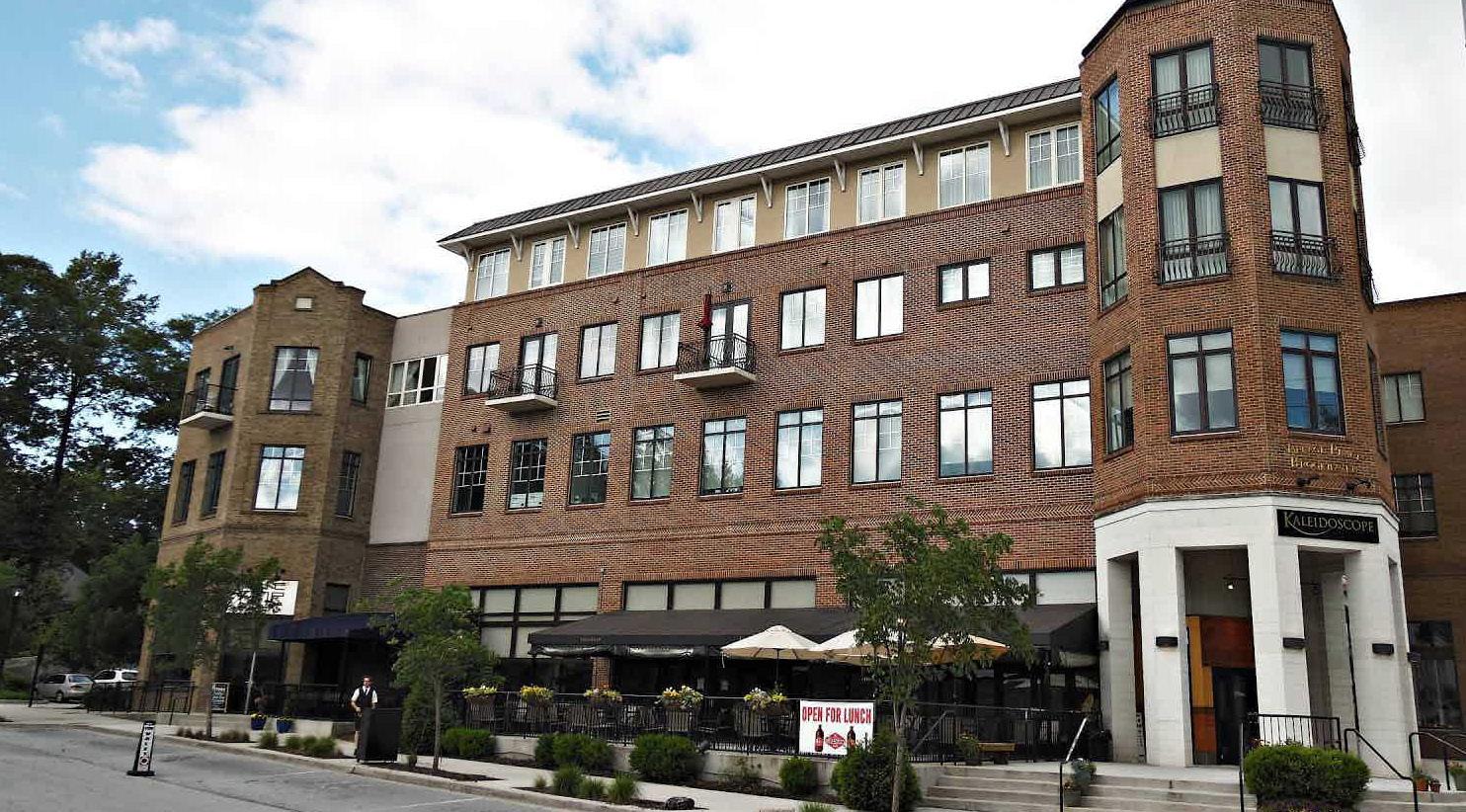






$301,450

Source: FMLS, InfoSparks, Q1 2025 (1/1/25 to 3/31/25)











$425,000

Source: FMLS, InfoSparks, Q1 2025 (1/1/25 to 3/31/25)
























Source: FMLS, InfoSparks, Q1 2025 (1/1/25 to 3/31/25)












Source: FMLS, InfoSparks, Q1 2025 (1/1/25 to 3/31/25)




































Source: FMLS, InfoSparks, Q1 2025 (1/1/25 to 3/31/25)










Source: FMLS, InfoSparks, Q1 2025 (1/1/25 to 3/31/25)











$253,500

Source: FMLS, InfoSparks, Q1 2025 (1/1/25 to 3/31/25)




































Source: FMLS, InfoSparks, Q1 2025 (1/1/25 to 3/31/25)


















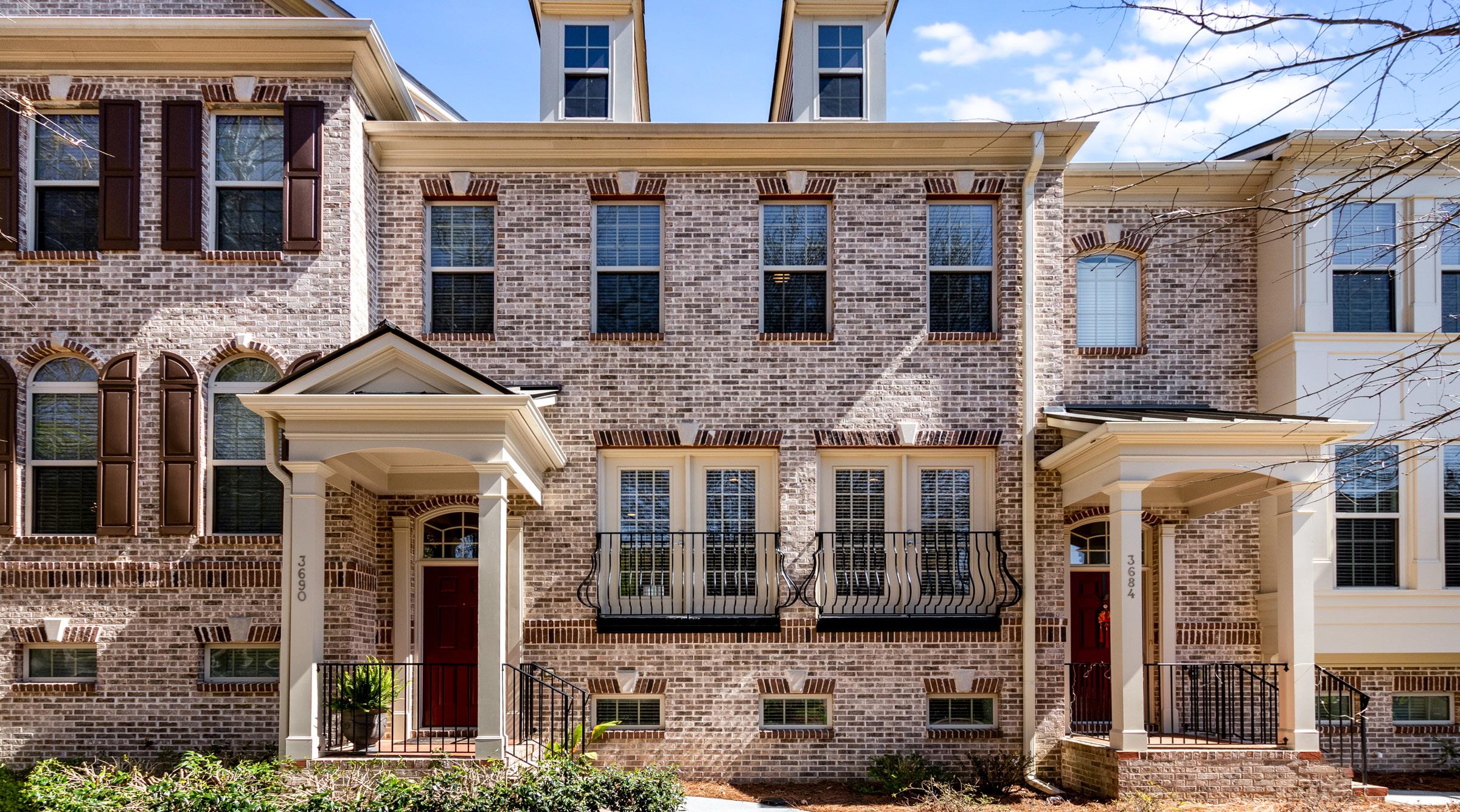







Source: FMLS, InfoSparks, Q1 2025 (1/1/25 to 3/31/25)











$520,000

Source: FMLS, InfoSparks, Q1 2025 (1/1/25 to 3/31/25)











$585,000

Source: FMLS, InfoSparks, Q1 2025 (1/1/25 to 3/31/25)
























Source: FMLS, InfoSparks, Q1 2025 (1/1/25 to 3/31/25)























$481,286

Source: FMLS, InfoSparks, Q1 2025 (1/1/25 to 3/31/25)










Source: FMLS, InfoSparks, Q1 2025 (1/1/25 to 3/31/25)











$550,000

Source: FMLS, InfoSparks, Q1 2025 (1/1/25 to 3/31/25)












Source: FMLS, InfoSparks, Q1 2025 (1/1/25 to 3/31/25)











$464,500

Source: FMLS, InfoSparks, Q1 2025 (1/1/25 to 3/31/25)












Source: FMLS, InfoSparks, Q1 2025 (1/1/25 to 3/31/25)
















Source: FMLS, InfoSparks, Q1 2025 (1/1/25 to 3/31/25)






TOWNHOMES



$389,058



Source: FMLS, InfoSparks, Q1 2025 (1/1/25 to 3/31/25)








2

$860,000



Source: FMLS, InfoSparks, Q1 2025 (1/1/25 to 3/31/25)
































$337,000

Source: FMLS, InfoSparks, Q1 2025 (1/1/25 to 3/31/25)











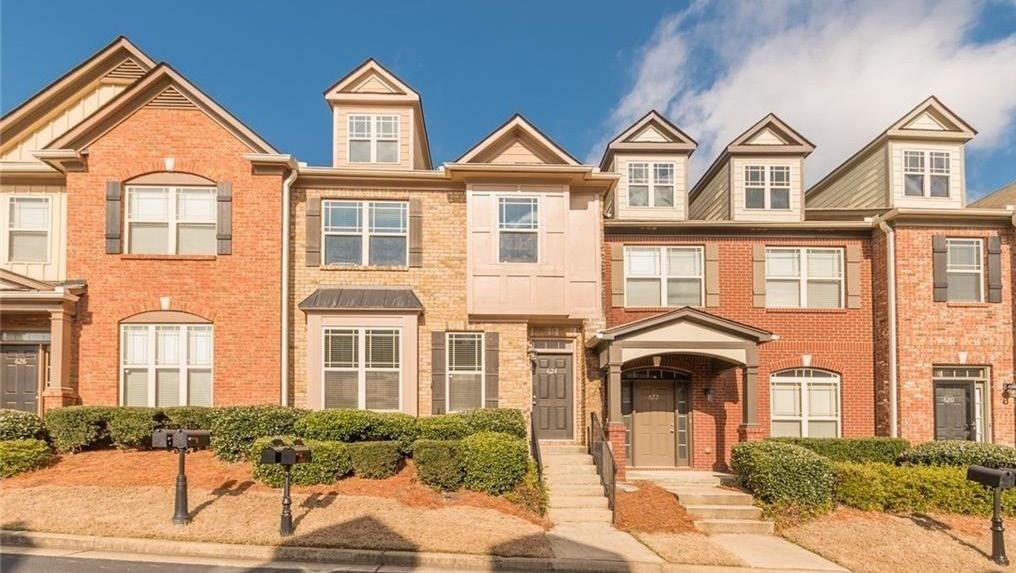
Source: FMLS, InfoSparks, Q1 2025 (1/1/25 to 3/31/25)





The following key indicators are used throughout this report to describe market trends:


Properties that are currently listed for sale on FMLS. Additional properties may be for sale at any given time— such as for-sale by owner homes or off-market listings— but are not included in the count of “active listings” in this report if they are not in the FMLS database.

New listings are those that have been added to FMLS in a given month. They do not include active listings that were entered in previous months.

Closed sales represent homes that have sold and transactions have been finalized. This indicator tends to lag market trends slightly because properties typically close one to two months after an offer has been accepted and buyers have locked their interest rates.

Pending sales are properties that have accepted an offer from a buyer and is in the due diligence period. The sales transaction has not happened yet. This is a leading indicator because it give us insight into how buyers and sellers are reacting to the most current market conditions.

The sale price is the final amount paid for a home. It is measured as either an average or a median, with the average price tending to be skewed higher by the highest priced homes. It does not reflect seller concessions, such as closing costs that may have been paid.


Days on market (DOM) measures how long it takes from the time a home is listed until the owner signs a contract for the sale of a property. This tends to vary based on the desirability of a given property, market conditions, and season.

The sale price to list price ratio (SP/LP) indicates if a home sold at (100%), above (>100%), or below (<100%) the listed asking price. The sale price to original list price ratio (SP/OLP) compares the sale price to the original asking price, as the current asking price may have reflected price changes.

Months of inventory indicates how long it would likely take to sell currently listed homes, if no new inventory were added. It is measured as a ratio of active listings to homes sold. 5 to 6 months of inventory is considered a balanced market. Less than 6 months supply tends to favor sellers, and more tends to favor buyers.

